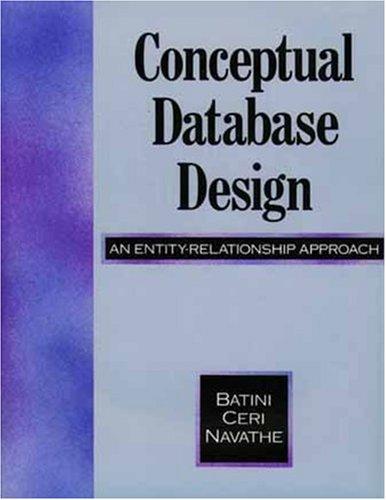Question
Hello , I have to finish a MIPS project, but I don't know how to do it , some one who can help me transfer
Hello , I have to finish a MIPS project, but I don't know how to do it , some one who can help me transfer from the C language to MIPS. Thank you so much
#include
char op[5]={'#', '+', '-', '*', '/',};
float cal(float x, float y, int op)
{
switch(op)
{
case 1: return x+y;
case 2: return x-y;
case 3: return x*y;
case 4: return x/y;
default: return 0.0;
}
}
float calculate_model1(float i, float j, float k, float t, int op1, int op2, int op3)
{
float r1, r2, r3;
r1 = cal(i, j, op1);
r2 = cal(r1, k, op2);
r3 = cal(r2, t, op3);
return r3;
}
float calculate_model2(float i, float j, float k, float t, int op1, int op2, int op3)
{
float r1, r2, r3;
r1 = cal(j, k, op2);
r2 = cal(i, r1, op1);
r3 = cal(r2, t, op3);
return r3;
}
float calculate_model3(float i, float j, float k, float t, int op1, int op2, int op3)
{
float r1, r2, r3 ;
r1 = cal(k, t, op3);
r2 = cal(j, r1, op2);
r3 = cal(i, r2, op1);
return r3;
}
float calculate_model4(float i, float j, float k, float t, int op1, int op2, int op3)
{
float r1, r2, r3;
r1 = cal(j, k, op2);
r2 = cal(r1, t, op3);
r3 = cal(i, r2, op1);
return r3;
}
float calculate_model5(float i,float j,float k,float t,int op1,int op2,int op3)
{
float r1, r2, r3 ;
r1 = cal(i, j, op1);
r2 = cal(k, t, op3);
r3 = cal(r1, r2, op2);
return r3;
}
int get24(int i, int j, int k, int t)
{
int op1, op2, op3;
int flag=0;
for(op1=1; op1<=4; op1++)
for(op2=1; op2<=4; op2++)
for(op3=1; op3<=4; op3++)
{
if(calculate_model1(i, j, k, t, op1, op2, op3)==24)
{
printf("((%d%c%d)%c%d)%c%d=24 ", i, op[op1], j, op[op2], k, op[op3], t);
flag = 1;
}
if(calculate_model2(i, j, k, t, op1, op2, op3)==24)
{
printf("(%d%c(%d%c%d))%c%d=24 ", i, op[op1], j, op[op2], k, op[op3], t);
flag = 1;
}
if(calculate_model3(i, j, k, t, op1, op2, op3)==24)
{
printf("%d%c(%d%c(%d%c%d))=24 ", i, op[op1], j, op[op2], k, op[op3], t);
flag = 1;
}
if(calculate_model4(i, j, k, t, op1, op2, op3)==24)
{
printf("%d%c((%d%c%d)%c%d)=24 ", i, op[op1], j, op[op2], k, op[op3], t);
flag = 1;
}
if(calculate_model5(i, j, k, t, op1, op2, op3)==24)
{
printf("(%d%c%d)%c(%d%c%d)=24 ", i, op[op1], j, op[op2], k, op[op3], t);
flag = 1;
}
}
return flag;
}
int main()
{
int i, j, k, t;
printf("Please input four integer (1~10) ");
loop: scanf("%d %d %d %d", &i, &j, &k, &t);
if(i<1||i>10 || j<1||j>10 || k<1||k>10 || t<1||t>10)
{
printf("Input illege, Please input again ");
goto loop;
}
if( get24(i, j, k, t) );
else
printf("Sorry, the four integer cannot be calculated to get 24 ");
return 0;
}
Step by Step Solution
There are 3 Steps involved in it
Step: 1

Get Instant Access to Expert-Tailored Solutions
See step-by-step solutions with expert insights and AI powered tools for academic success
Step: 2

Step: 3

Ace Your Homework with AI
Get the answers you need in no time with our AI-driven, step-by-step assistance
Get Started


